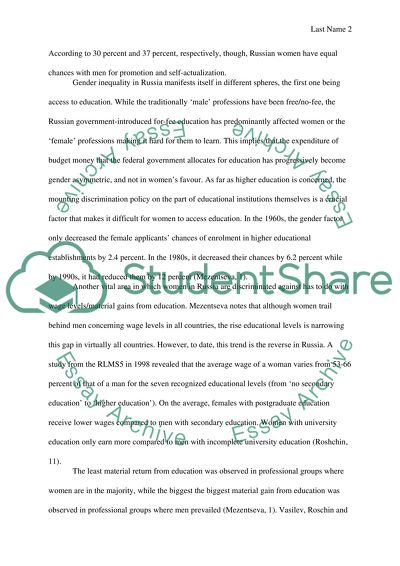Cite this document
(“Gender inequality in Russia Essay Example | Topics and Well Written Essays - 2000 words”, n.d.)
Retrieved from https://studentshare.org/environmental-studies/1420371-gender-inequality-in-russia
Retrieved from https://studentshare.org/environmental-studies/1420371-gender-inequality-in-russia
(Gender Inequality in Russia Essay Example | Topics and Well Written Essays - 2000 Words)
https://studentshare.org/environmental-studies/1420371-gender-inequality-in-russia.
https://studentshare.org/environmental-studies/1420371-gender-inequality-in-russia.
“Gender Inequality in Russia Essay Example | Topics and Well Written Essays - 2000 Words”, n.d. https://studentshare.org/environmental-studies/1420371-gender-inequality-in-russia.


